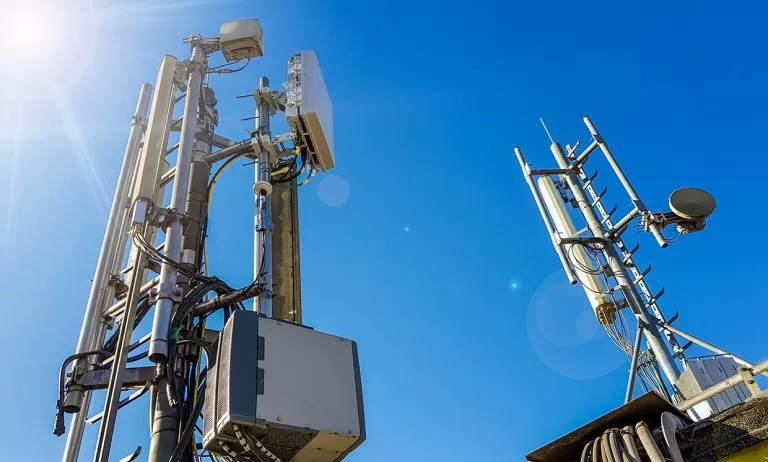When selecting connectivity for IoT deployments, it is important for organizations to know how long 4G will be available and whether 5G will make 4G obsolete in the future. The arrival of 5G (the next generation of cellular technology) means that not only will more IoT devices be connected to the internet of things, but also that the IoT devices will be better connected. Higher data transfer rates, lower latency and less power consumption will lead to more efficient and profitable solutions than is currently possible.
How long is 4G LTE available?
Given the benefits, it seems like any new IoT project should be based on 5G. While it is correct that some 5G IoT use cases are only possible with 5G, many others can be performed just as well and at a significantly lower cost on the basis of 4G. Choosing between 4G and 5G means examining both the technical and business aspects of any new IoT project and analyzing the long-term costs and benefits of both variants.
The answer is that there will be a long period of time when 4G and 5G will coexist. 4G will be around for at least another 10 years, so 5G won’t make 4G disappear anytime soon. 4G technology is also very stable. 5G is exciting and emerging. Let’s talk about the benefits of 5G and other important considerations when planning your 5G journey.
What is the lifespan of a G?
What is the lifetime of a network generation? Broadly speaking, every 10 years a new generation (“G”) cellular technology comes along. Historically, the last two cellular technologies have a lifespan of more than ten years, from release to sunset:
- 2G: 1990-2020, 30 years +
- 3G: 2000-2020, 20 years +
- 4G: 2008+
Why should the older technologies such as 2G and 3G disappear? This is because the amount of available network spectrum is limited. The same spectrum used for 2G and 3G can now be reused for 4G to deliver more data at faster speeds. Our current generation of mobile technology, 4G, was
introduced in 2008 by the 3rd Generation Partnership Project (3GPP), an organization that develops standards for mobile communications. The 3GPP issues standard releases with improvements every two years and guides the evolution of the 4G standard.
4G LTE (Long Term Evolution) is a technology that has proven itself in both consumer and commercial applications. For example, it is suitable for low-power LTE-M and NB-IOT devices that typically transmit only a few KBs of data, as well as devices (routers) capable of super-fast GBs of data transfer. Due to its wide adoption, 4G is also very affordable, especially when compared to the cost of the latest, high-end 5G technology.
The transition from 4G to 5G
With the exponential growth of IoT devices and the previously mentioned limited network spectrum, the lifespan of cellular technology is becoming shorter and shorter. 2G and 3G will be phased out to make way for the more spectrum-efficient 4G and emerging 5G technologies. 4G is expected to last at least another ten years, and possibly longer with the help of Dynamic Spectrum Sharing (DSS), which shares the available network spectrum between 4G and 5G devices. DSS offers improved coverage for 5G devices and a longer lifespan for 4G devices. The first announcements of a ; sunset” with 4G is not expected until after 2030, which means that organizations can safely invest in 4G-based IoT solutions now and in the near future.
To make 5G technology available early and provide a seamless user experience, devices always connect to the 4G network before connecting to an available 5G network. In the coming years, the network infrastructure will evolve to enable 5G only, which will lead to lower latency.
Instead of waiting for the full rollout of 5G, organizations can start building for the future with 4G technology now and validating their applications and business models. They can then refine and expand as 5G becomes more widely available and cost-effective. At low data consumption, with LTE-M and NB-IOT, and in the mid-range with transmission speeds below 1 Gbps, 4G is clearly the winner in terms of cost, coverage and availability. Looking at high data usage with transmission speeds above 1 Gbps, 5G may become more attractive, but at an additional cost.
We are at the point where 5G technology is only just beginning to become available. Given the complexity, it is important to work with an expert provider of connectivity solutions. A good partner can guide you in choosing the right technology for your application and ensure that you invest in the technology that supports your long-term business goals.
For more information, you can contact us via telephone number 085-0443500 or by mail to info@thingsdata.com.
